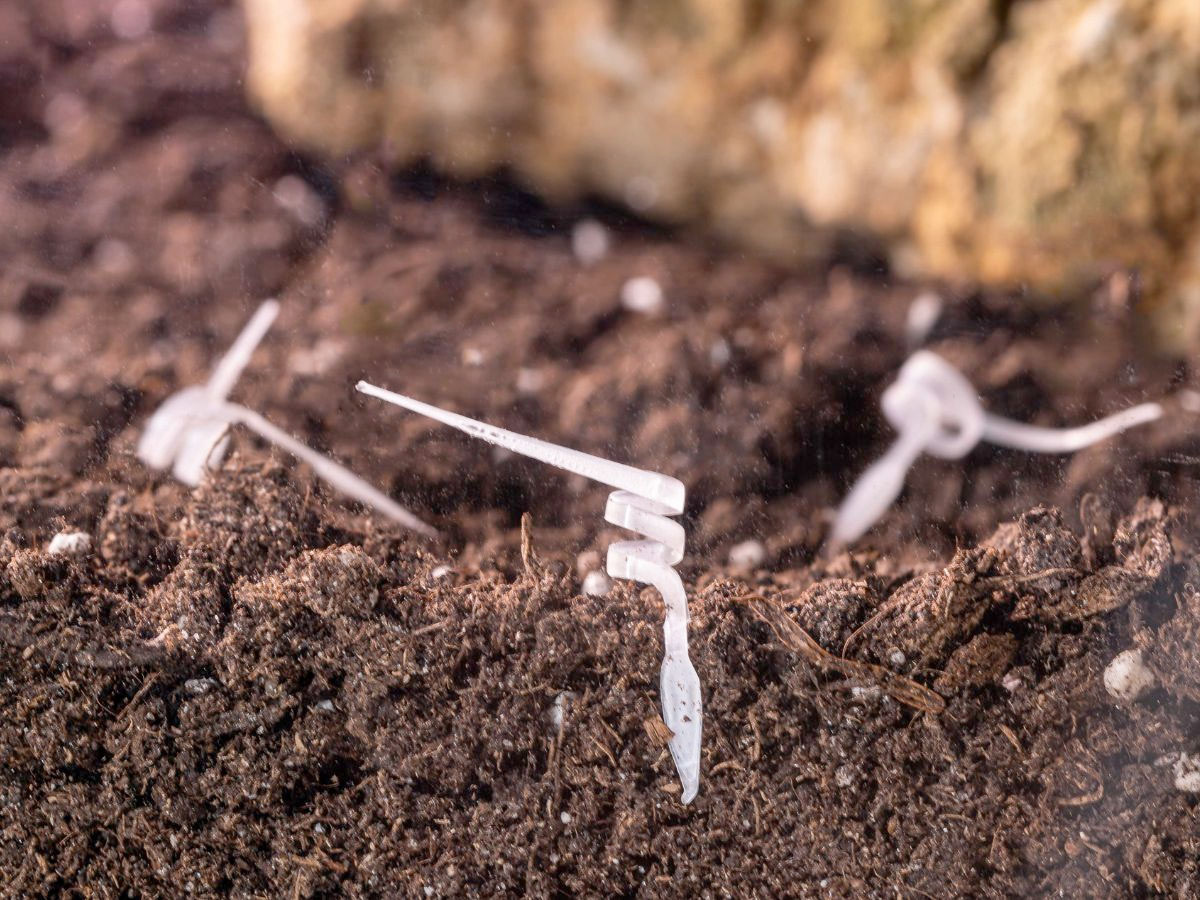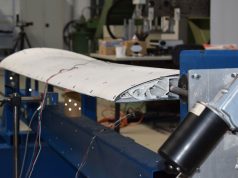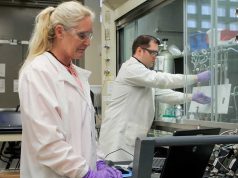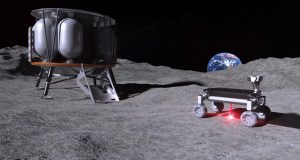Researchers from the Bioinspired Soft Robotics (BSR) Lab led by Barbara Mazzolai at the Istituto Italiano di Tecnologia (IIT) in Genoa in collaboration with the University of Trento developed the first 3D-printed seed robot, I-Seed. The robot is shaped like a seed and is able to explore the soil based on moisture changes. It is made of biodegradable materials and is able to move around the environment without the need for batteries or other external power sources.
The first I-Seed is inspired by the seed structure of a South African geranium and mimics its hygromorphic structure, which changes shape based on changes in humidity.
“Our studies started from the observation of nature, with the aim to imitate the strategies of living beings or their structures and replicate them in robotic technologies with low environmental impact in terms of energy and pollution“, explained Barbara Mazzolai, Associate Director for Robotics of the IIT and coordinator of the EU-funded project I-Seed.
The IIT-BSR laboratory research group has already mimicked growth and movement strategies of roots and climbers, and is now studying the movement and dispersal characteristics of Gerianaceae plant seeds. These seeds use hygroscopic properties to change shape and move independently, increasing their chances of germination.
By combining 3D printing and electrospinning techniques, the seed design was replicated. Different materials, such as cellulose nanocrystals and polyethylene oxide, were tested to find the best solution.
“With this latest research – added Mazzolai – we have further proved that it is possible to create innovative solutions that not only have the objective of monitoring the well-being of our planet, but that do so without altering it“.
“These biodegradable and energy-autonomous robots will be used as wireless, battery-free tools for surface soil exploration and monitoring. This bioinspired approach has allowed us to create low-cost instruments that can be used to collect in-situ data with high spatial and temporal resolution, especially in remote areas where no monitoring data are available,” added Luca Cecchini, a PhD student at IIT in collaboration with the University of Trento and first author of the study.
Find out more about the IIT at bsr.iit.it.
Subscribe to our Newsletter
3DPResso is a weekly newsletter that links to the most exciting global stories from the 3D printing and additive manufacturing industry.




























